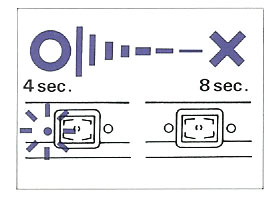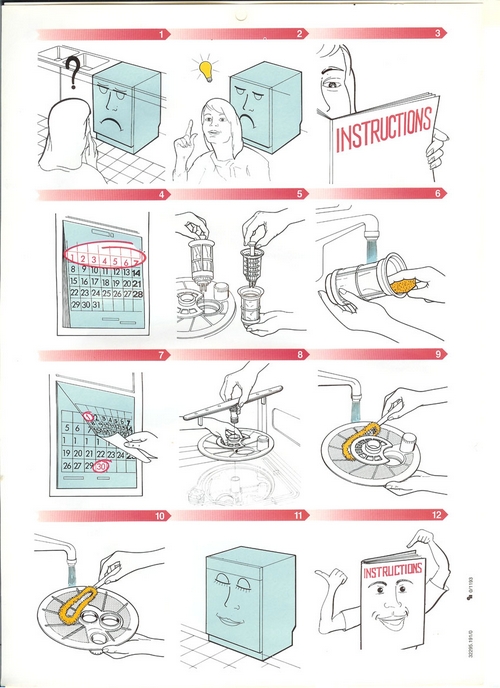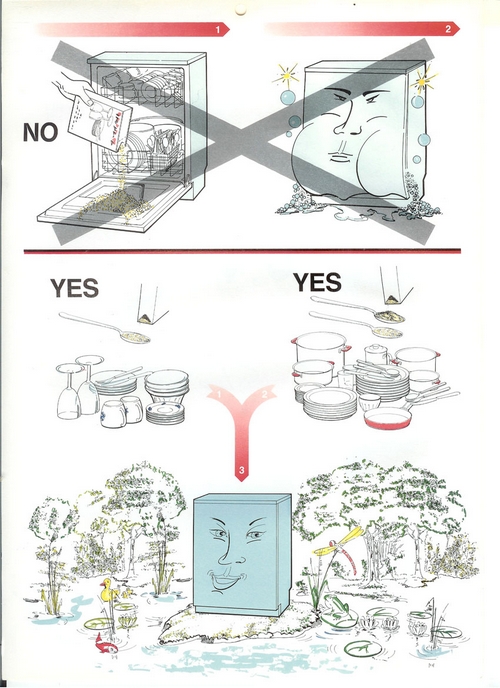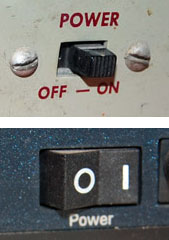The first mass-produced toothbrush was made in England by William Addis in England, around 1780. His idea was to attach bristles to a stick, and make a little brush with a long handle, to allow one to brush one’s teeth. You’d think that’s all it takes; you’d think the toothbrush would remain just that, a brush on a straight stick…

Think again. Today, any drugstore has a wall full of toothbrushes, and not one of them is as simple as Addis had envisioned. In fact there are so many types, such a riot of colors and designs, that it’s hard to buy a new brush that looks just like your old one. And to compete with each other, the different makers dream up the weirdest configurations, with multicolored, contorted handle shapes that remind me of sports shoes (another area where form totally diverges from function in the interest of marketing hype), and with heads that must’ve taken real genius to design. The underlying ideas are impressive – brush heads with multiple bristle types sticking every which way to better remove bacteria from every cranny in the target dentition… all seemingly very important, very convincing, lest the consumer remember that a brush is a brush is a brush, and would work just as well if it had a simple monochrome handle and a straight head. The bacteria wouldn’t mind…
to compete with each other, the different makers dream up the weirdest configurations, with multicolored, contorted handle shapes that remind me of sports shoes (another area where form totally diverges from function in the interest of marketing hype), and with heads that must’ve taken real genius to design. The underlying ideas are impressive – brush heads with multiple bristle types sticking every which way to better remove bacteria from every cranny in the target dentition… all seemingly very important, very convincing, lest the consumer remember that a brush is a brush is a brush, and would work just as well if it had a simple monochrome handle and a straight head. The bacteria wouldn’t mind…








The real thing, in cross-section